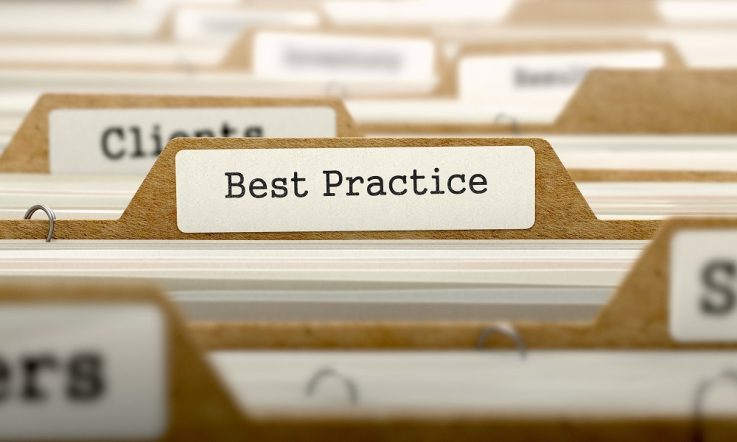In his new book World Class: How to build a 21st-century school system, Andreas Schleicher – OECD Director for Education and Skills – explores how we can prepare students for their future and deliver the pace of educational improvement needed for education to win the race with technology. This exclusive extract for Teacher readers discusses the development of capable education leaders. The book will be available for free from May 29, 2018 via oecd-ilibrary.org/education/world-class_9789264300002-en
In September 2003, I had a visit from Johan van Bruggen, who was leading the Standing International Conference of Inspectorates. I was impressed with the importance he attached to effective school and system leadership and the elaborate techniques school inspectorates had developed to observe and characterise effective leadership. He made the point that poor leadership can undercut even the best teacher. Put a great teacher in a poorly managed school and the school will “win” every time. Too often teachers – and their students – are the victims of dysfunctional schools, not their creators.
OECD's comparative review of school leadership identifies four groups of interrelated leadership responsibilities as central to improving learning outcomes (Pont, Nusche and Moorman, 2008):
- Supporting, evaluating and developing teacher quality. This includes recruiting high-quality teachers; providing a strong induction programme for new teachers; making sure teachers have the skills and knowledge needed to teach the curriculum; organising and supporting teachers to work together to improve the quality of teaching and instruction; monitoring and evaluating teacher practice; promoting teacher professional development; and supporting truly collaborative work cultures. If you want to effect real and lasting change, don't ask yourself how many teachers support your ideas, but how many teachers are capable of and engage in co-operation with their colleagues.
- Establishing learning objectives and assessments to help students reach high standards. This involves aligning instruction with central standards, setting school goals for student performance, measuring progress against those goals, and making adjustments in the school programme to improve individual and overall performance. School leaders also need to be able to use data to ensure that the progress of every student is charted. They need to be confident when engaging with those who have different approaches to learning.
- Using resources strategically and aligning them with pedagogy.
- Building partnerships beyond the school to foster greater cohesion among all those concerned with the achievement and well-being of every child. This requires finding innovative ways to enhance partnerships with families and communities, higher education, businesses, and especially with other schools and learning environments.
As our analysis of TALIS results show, there also seems to be a link between teachers' ability to improve their own working practice and their development as leaders (OECD, 2014). When teachers can take the lead in initiating improvement and innovation in their schools, they feel more competent and confident – and both their professional status and their morale get a boost.
Good leadership is, of course, required at every level of the education system. This is becoming increasingly important for many reasons. In many countries, greater devolution is being coupled with more school autonomy, more accountability for school and student results, better use of the knowledge base of education and pedagogical processes, and broader responsibility for supporting the local communities in which schools are located, other schools and other public services (OECD, 2013).
Michael Fullan, the architect of Ontario's widely known education-reform strategy, describes how the best leaders of education systems engage others and distribute leadership throughout the system (Fullan, 2011). As he notes, these leaders can identify emerging trends and issues that may be important to their teachers and schools. They have an inclusive style that encourages collaboration and provides the space for staff to take risks. They are strategic planners and entrepreneurial, in the sense that they can mobilise the people and money needed for innovation, and they attract talented staff. They build strong linkages across sectors and countries, engaging government leaders, social entrepreneurs, business executives, researchers and civil society leaders as partners in innovation for education and training.
References
Fullan, M (2011). Change Leader: Learning to Do What Matters Most, Jossey-Bass, San Francisco.
OECD (2013). PISA 2012 Results: What Makes Schools Successful (Volume IV): Resources, Policies and Practices, OECD Publishing, Paris, http://dx.doi.org/10.1787/9789264201156-en.
OECD (2014). TALIS 2013 Results: An International Perspective on Teaching and Learning, OECD Publishing, Paris, http://dx.doi.org/10.1787/9789264196261-en.
Pont, B., Nusche, D., & Moorman, H (2008). Improving School Leadership (Volume 1): Policy and Practice, OECD Publishing, Paris, http://dx.doi.org/10.1787/9789264044715-en.
World Class: How to build a 21st-century school system is published by OECD Publishing, Paris, and is available for free from May 29, 2018 via oecd-ilibrary.org/education/world-class_9789264300002-en



